The doors of the kitchen were flung open wide revealing beautiful golden rolling hills, small farms, and blue skies as the Chef gestured grandly with his arms and exclaimed “Sicilia Bella”. Whenever I hear or read of Sicily this scene immediately comes to mind. The image was branded on my brain almost 10 years ago when I was visiting Sicily and cooking in the kitchen of an agriturismo with the chef, Lino when he made this proclamation. Lino was not exaggerating as Sicily is a diverse beautiful region with the sea and the mountains less than 50 miles from each other on many parts of the island. The cuisine of the Veneto is probably the only other cuisine in Italy that can rival the complexity, and diversity of the cuisine in Sicily. Our chef/instructor for Sicily Damiano Ferraro said “that Sicily has 1000 years of fusion cuisine”. The Greeks, Romans, Arabs, and Spanish have all played significant parts in the development of the cuisine of the region. Because of its central position in the Mediterranean sea Sicily has been of strategic importance for over 2000 years.
Recipes have been found in Sicily which date back to the 4th century B.C. when Sicily was part of Greater Greece. Like many places as the cuisine developed two styles of cooking evolved, one for the wealthy and noble, and one for the lower classes. The wealthy brought chefs from France who reworked traditional foods into new, modern, and more elaborate preparations of fish, meats, fruits, and vegetables. Within the lower classes it was common to find focaccia, dried figs, olives, and salted fish. A few centuries later during Roman times wheat was introduced from Egypt and bread became a staple for the people.
Damiano stressed that the period of Arab rule was particularly important from a culinary standpoint for Sicily. There is a long list of food products that were introduced by the Arabs which include almonds, pistachios, raisins, asparagus, peaches, apricots, artichokes, various spices, oranges, lemons, and rice. In fact Sicily was the first region in Italy to grow rice. Agro-dolce dishes are a product of this era as well as the famous dessert Cassata alla Siciliana. Dishes that are prepared agro-dolce are sweet and sour and evolved as a food preservation technique. Today agro-dolce dishes are prepared because they taste delicious. The Spanish ruled Sicily after the discovery of America and contributed cocoa, sweet peppers, tomatoes, potatoes, eggplant, squash and turkey to the kitchen. By this time Sicily was well on its way to becoming a culinary powerhouse.
Obviously seafood is very important to the diet of people on the island, Tuna, bottarga (tuna roe), and pesce spada (swordfish) playing major roles. Olive trees grow readily everywhere on the island and have been cultivated for oil for centuries. Sicily is becoming known for its wines both red and whites. The indigenous grape Nero d’ Avola is used to produce quality red wines, but international grape varieties like Cabernet, Merlot and Chardonnay are also grown with great success. Sicily is also known for producing high quality Marsala and dessert wines such as Passiti di Pantelleria. I highly recommend a visit to Sicily not only for its natural beauty, but also to sample its gastronomic treasures.
Friday, July 4, 2008
Subscribe to:
Post Comments (Atom)




































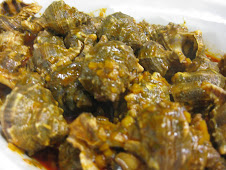






































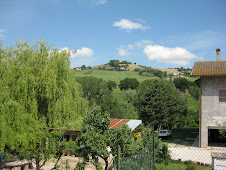

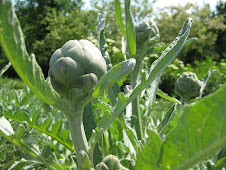


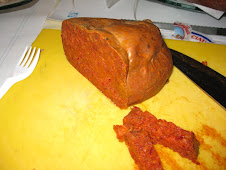
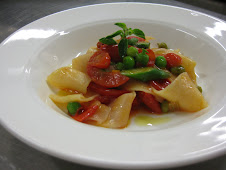
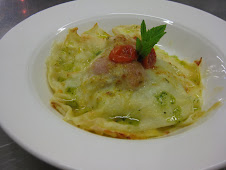
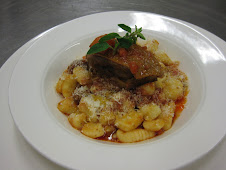


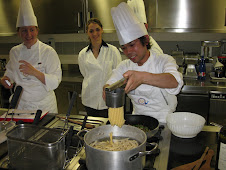





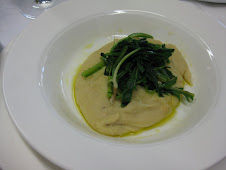

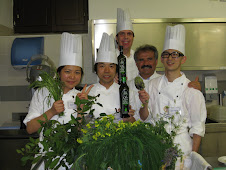
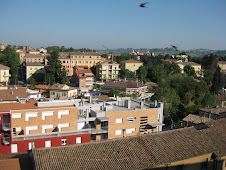


1 comment:
this is often an innovative website that provides needed connections between renters and landlords, the aim is to attach property householders eager to advertise their nice properties with renters seeking quality, affordable housing.
charlotte corporate housing
Post a Comment